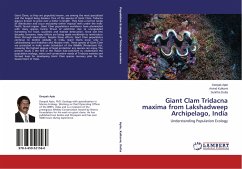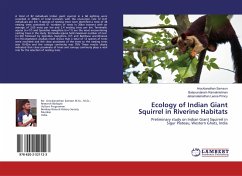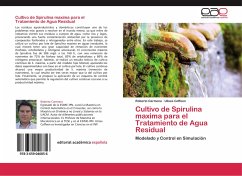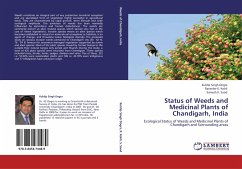Giant Clams, as they are popularly known, are among the most specialized and the largest living bivalves. One of the species of Giant Clam, Tridacna gigas is known to grow over a meter in length. They have a narrow range of distribution and occur exclusively within tropical reefs under the Indo-Pacific faunal region. Giant Clam populations worldover have plummeted with many species facing threat of extinction due to unregulated harvesting for food, souvenirs and habitat destruction. Since last few decades, however, many efforts are being made worldwide to reintroduce them through mariculture. Despite these efforts, Giant Clam populations continue to decline globally. In India, Giant Clams occur only in Lakshadweep and Andaman and Nicobar reefs. Three species of Giant Clam are protected in India under Schedule-I of the Wildlife (Protection) Act, receiving the highest degree of legal protection any species can enjoy. The present study is the first in the Indian Sub-continent to understand the population ecology, status and conservation needs of Tridacna maxima and formed basis for developing Giant Clam species recovery plan for the Government of India.
Hinweis: Dieser Artikel kann nur an eine deutsche Lieferadresse ausgeliefert werden.
Hinweis: Dieser Artikel kann nur an eine deutsche Lieferadresse ausgeliefert werden.








